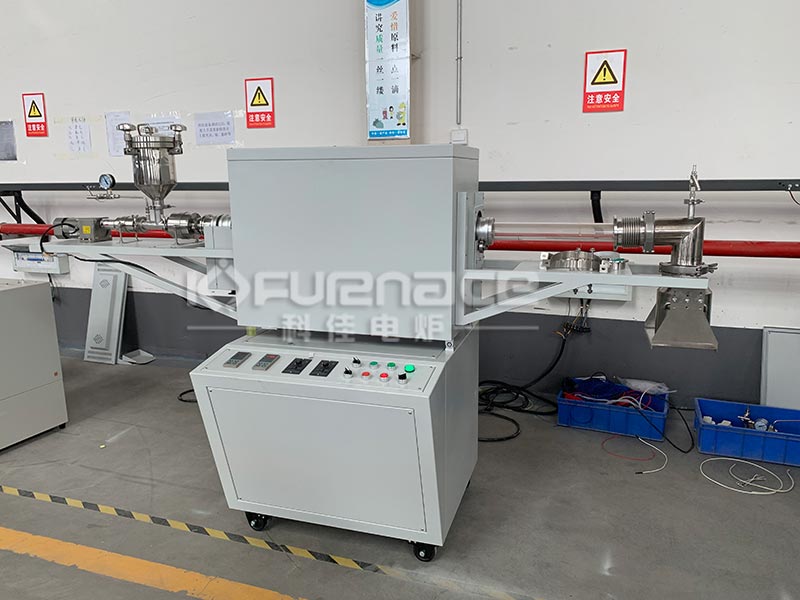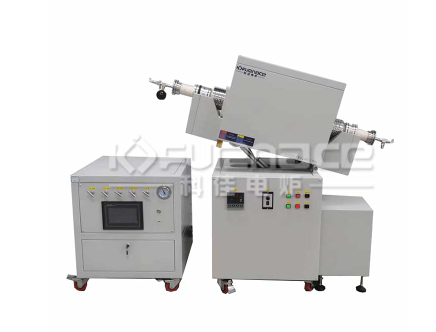Experimental rotary tube furnaces (also known as experimental rotary furnaces or rotary tube furnaces) have great advantages in scientific research and technological development. Let’s take a detailed look at the characteristics and advantages of rotary tube furnaces used in laboratories!

A commonly used 1600 ℃ experimental rotary tube furnace (click on the image to view product details)
1. Efficient and energy-saving
High quality insulation materials: using high-quality ceramic fiber insulation furnaces and high-quality heating elements, with high heating efficiency and strong insulation performance, can achieve efficient processing effects, thereby reducing energy consumption.
Air cooling system: Some models are equipped with an air cooling system, which helps to further improve thermal efficiency, reduce surface temperature, and make the temperature field more balanced.
2. Uniform temperature
Rotation function: The furnace tube can be flipped 360 °, and the furnace body can be tilted up and down, allowing the material to be uniformly heated during the heating process, avoiding the problem of insufficient reaction caused by insufficient local heating.
Temperature control accuracy: Through a convenient control system, the temperature distribution inside the furnace can be easily controlled to ensure the accuracy and reproducibility of experimental results.
3. Intelligent control
Automated control system: By adopting an automated control system, key parameters such as temperature, atmosphere, heating rate, and holding time can be well controlled to meet the needs of different experiments.
Programming function: Some models have a 30 segment program programming function, which can program various heating, constant temperature, and cooling programs to improve experimental efficiency and flexibility.
4. Wide applicability
Multiple material handling: capable of handling various materials such as positive and negative electrode materials, graphitized carbon materials, silicon-based negative electrode materials, etc., suitable for multiple industries such as powder metallurgy, battery materials, refractory materials, and new energy.
Atmosphere control: The sealing system adopts stainless steel flanges, furnace tubes, and high-temperature resistant silicone rubber seals, which can be filled with inert gases such as nitrogen and argon to meet the atmosphere requirements under specific experimental conditions.
5. Safe and reliable
Multiple protection functions: The control panel has protection functions such as overtemperature, overpressure, overcurrent, disconnection, and power-off, ensuring the safety and reliability of the experimental process.
Leakage protection: Considering the high power consumption and risk of leakage during the operation of the rotary furnace, a leakage protection switch is usually equipped to ensure safe operation.
6. Durability
Durable material: The shell adopts a double-layer structure design of cold-rolled steel plate, which is durable and long-lasting.
Technological perfection: The furnace is constructed using composite alumina fiber material through CNC technology, which improves the service life of the equipment.

Small experimental rotary tube furnace (click on the picture to view product details)
Overall, experimental rotary tube furnaces play an important role in scientific research and technological development due to their advantages of high efficiency, energy saving, uniform temperature, intelligent control, wide applicability, and safety and reliability. Meanwhile, its durability also reduces maintenance costs during long-term use.Click to learn more experimental tube furnaces! Or click on online customer service to learn more about product information!